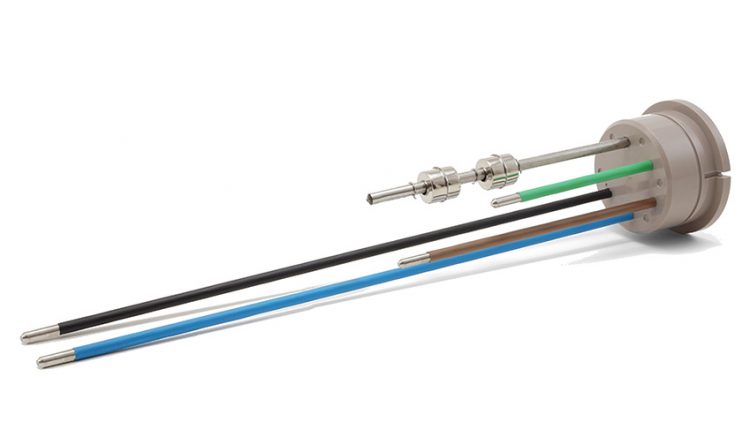History of Water Level Sensors
Water level sensors have a long history dating back to ancient times when simple devices were used to measure water levels for irrigation and flood control. Over the centuries, advancements in technology have led to the development of more sophisticated water level sensing devices for various applications. Here’s a brief overview of the history of water level sensors:
- Ancient Water Level Measurement: The earliest water level measurement devices were simple float-based mechanisms used by ancient civilizations for irrigation and flood control. These devices typically consisted of a float attached to a lever or rod, which would rise and fall with the water level, indicating the depth.
- Early Mechanical Water Level Gauges: In the 17th and 18th centuries, mechanical water level gauges were developed for use in wells, reservoirs, and other water storage systems. These gauges often used a float connected to a chain or pulley system to measure the water level.
- Development of Electrical Sensors: The invention of electrical conductivity and capacitance sensors in the 19th century paved the way for more accurate and reliable water level measurement devices. These sensors could detect changes in water level by measuring changes in electrical properties such as conductivity or capacitance.
- Ultrasonic and Radar Sensors: In the mid-20th century, ultrasonic and radar-based water level sensors were developed, offering non-contact measurement capabilities. These sensors emit sound or radio waves that bounce off the water surface and are then detected to determine the water level.
- Pressure Transducers: Pressure transducers, which measure water level based on the pressure exerted by the water column, were also developed in the 20th century. These sensors are commonly used in applications such as groundwater monitoring, sewage systems, and industrial tanks.
- Modern Sensor Technologies: In recent decades, advancements in microelectronics and sensor technologies have led to the development of highly accurate and versatile water level sensors. These sensors often use a combination of different measurement principles, such as ultrasonic, pressure, capacitance, or optical sensing, to provide precise and reliable water level measurements in various environments.
- Wireless and IoT Integration: With the rise of wireless communication and Internet of Things (IoT) technologies, water level sensors can now be easily integrated into remote monitoring and control systems. These systems allow for real-time monitoring of water levels and automated alerts or actions based on predefined thresholds.
Today, water level sensors are widely used in various applications, including environmental monitoring, flood warning systems, water resource management, wastewater treatment, agriculture, aquaculture, and industrial process control. Continued advancements in sensor technology are expected to further enhance the accuracy, reliability, and functionality of water level sensing devices in the future.
Our level sensors and controls aren’t just for use in residential potable water holding tanks; some of the other applications include cooling towers, sump pumps, wastewater, boilers, water storage tanks, and building fire protection water tanks.


